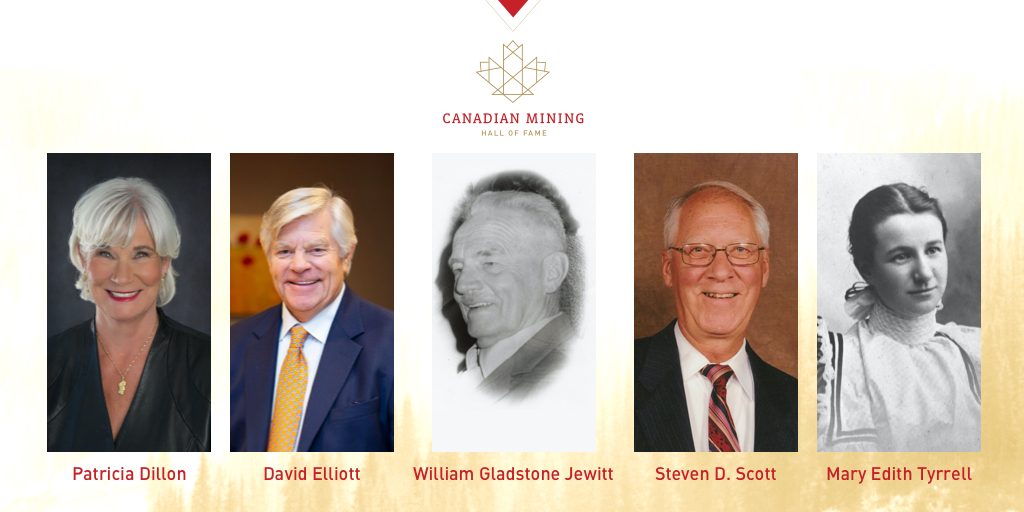https://www.miningnewsnorth.com/
Far to the north lies the second largest of Canada’s three territories, simply named the Northwest Territories, and within this vast region of more than 400,000 square miles lies its only city, the capital called Yellowknife.
Yellowknife, and most of the region of the Northwest Territories, lies within what is known as the Canadian Shield, a large area of Precambrian igneous and metamorphic rock, meaning it dates to the earliest part of Earth’s history.
Scoured down to stone during the last ice age, glaciation has receded over time, revealing a joined bedrock region in eastern and central Canada, stretching from north of the Great Lakes to the Arctic Ocean, this shield covers more than half of Canada and most of Greenland, and extends south into the northern parts of the United States.























